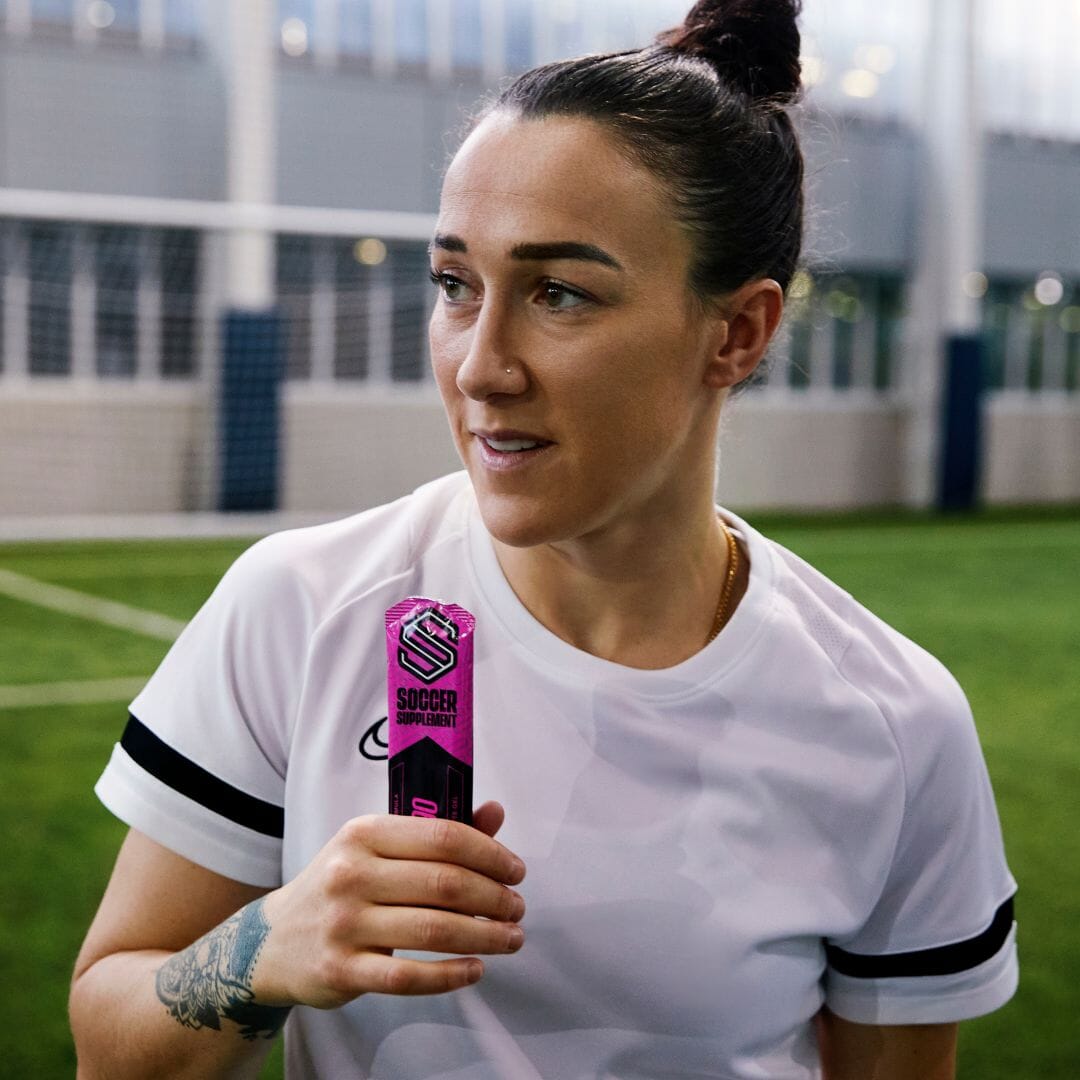While football training for adults is a technical, tactical and physical challenge, for children just beginning their journey in the beautiful game, the focus is on fun.
Or, at least, it should be.
Grassroots football has become less popular these days, which may be down to the more competitive nature of the game, with many parents putting too much stress on their youngsters to become a future Fernandinho.
But as parents and coaches, it is our duty to strike the right balance between developing our children’s skills and making sure they have fun. So, it’s time to inject some FUN back into training!
Whether you are a youth coach or simply want to be a better footballing parent, here are some ideas on how to make football training fun for kids.
1. Less talk, more action
Whatever the age of the player, no child wants to stand in the cold and listen to you drone on about what they are about to do. The younger the child, the lower the attention span. They just want to get on with it.
Children have more fun when they are engrossed in action. So, practice getting your point across quickly, then get them straight into the drill. If you need to make further points during the session, limit it to a quick break, then get back to the action.
2. Group by ability
Providing you know your players well, consider splitting them into groups based on their skill level. Let’s face it – some children are naturally talented in particular areas, while others have room for improvement.
By pairing players up with those of a similar skill level, the more advanced children will be able to better test themselves, while those needing more practice will have the space and confidence to develop.
3. Mix things up
Doing the same thing week-in week-out will not only slow progress, it will bore everyone. As we know, an engaged child is likely to get more out of the game.
The antidote to boredom is change. Have a good rota of drills, and ensure you rotate them regularly to keep everyone on their toes.
4. Introduce silly games
When the main training session is finished and you have covered what you needed to, change the tone with a silly game or a challenge, with the sole purpose of enjoyment.
For example, ask each player to take a penalty – but first they must spin around for 30 seconds so that they are dizzy. Or try the crossbar challenge, where one by one, players take aim at the crossbar from the edge of the 18-yard box (adapt this to suit younger players and smaller goals).
You can also include some classics, such as Simon Says, or you can even start the hour with a good ol’ fashioned game of British bulldog to warm up and set the tone. Anything to remind the children that training can be fun and is something to look forward to.
5. Offer constructive criticism
There’s a clear difference between ‘Nice try, but if you keep your head up, you’ll see more opportunities’ and ‘Stop looking down, no wonder you missed that opening!’. Hopefully you already know this.
Offering constructive criticism and a supportive environment is common sense. The more comfortable the child feels after having made a mistake (and there will be many), the more likely they are to take things on board and the more fun they are likely to have.
6. Celebrate success
With all that constructive criticism, that player will soon do something right – so celebrate it!
When they first pull off a successful pass, it may not feel like a big deal to you, but to them that pass may have been the equivalent of scoring a goal in the Champions League final.
Make sure that they know you were watching and their hard work did not go unnoticed. Then do the same the first time they create space, or tackle, or score a goal.
7. Factor in playtime
You may have a limited amount of time to try to drill in a new technique, but remember that most children have a different agenda – to mess around, natter with friends and have fun.
It is in your best interest to factor in some time throughout the session to allow them to do what they want – whether that’s doing keep-ups by themselves or trying to give wedgies to their teammates. Whatever floats their boat.
Aim for some playtime at the start and midway through the session. This short burst of complete freedom will help them release some of that excess energy children seem to have, so when you call them in to focus, they are more likely to settle quicker.
Providing you can implement even half of these tips, your little players will instantly start to have more fun, and will reap the benefits of enjoying football training rather than dreading it.
Click here to shop Soccer Supplement®









